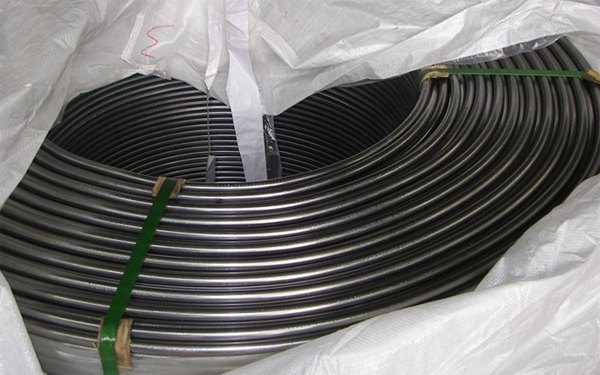
Calcium cored wire has revolutionized the casting industry by offering numerous advantages in terms of precision, efficiency, and quality. This article delves into the applications and benefits of calcium cored wire for casting, exploring its role in improving casting processes and the final product.
Calcium cored wire for casting is a specialized alloying agent that is used to modify the composition of molten metal during the casting process. The wire consists of a steel sheath filled with a powdered calcium alloy, which is released into the molten metal to achieve desired modifications.
a. Deoxidation: Calcium cored wire facilitates the deoxidation process by removing oxygen from the molten metal. It reacts with the oxygen present in the metal, forming calcium oxide (CaO), which floats to the surface and can be easily removed. This results in cleaner, more pure castings with reduced porosity.
b. Inclusion Modification: Calcium cored wire aids in modifying inclusions, which are non-metallic particles that can affect the mechanical properties of castings. It promotes the formation of stable, non-reactive inclusions that have a positive impact on the mechanical strength and integrity of the final product.
a. Fluidity Enhancement: Calcium cored wire improves the fluidity of molten metal during casting. It reduces the viscosity of the metal, allowing it to flow more easily and evenly into complex molds and intricate details. This leads to improved filling characteristics and better replication of mold geometry.
b. Solidification Control: The use of calcium cored wire enables precise control over the solidification process. It facilitates the formation of fine and uniform grains, which results in improved mechanical properties, reduced shrinkage, and enhanced dimensional accuracy of the castings.
a. Shrinkage and Porosity: Calcium cored wire helps minimize casting defects such as shrinkage and porosity. It promotes the formation of a dense, well-distributed microstructure, reducing the occurrence of voids and gas entrapment that can compromise the integrity of the castings.
b. Inclusion Removal: Calcium cored wire aids in the removal of unwanted inclusions, such as oxides and sulfides, from the molten metal. This contributes to the production of cleaner castings with improved surface finish and reduced risk of internal defects.

a. Alloy Customization: Manufacturers can customize the composition of calcium cored wire to suit specific casting requirements. The ability to tailor the alloy composition allows for precise control over the modification process and the desired casting properties.
b. Process Optimization: Innovations in wire feeding systems and casting techniques have enhanced the efficiency and accuracy of calcium cored wire applications. Automated wire feeding systems ensure precise delivery, minimizing wire breakage and improving process control.
a. Sustainability: As the industry focuses on sustainable practices, the proper disposal and recycling of used calcium cored wire present challenges. Developing eco-friendly alternatives and implementing recycling initiatives will be crucial for minimizing environmental impact.
b. Research and Development: Continuous research and development efforts are necessary to further optimize the performance of calcium cored wire in casting. Exploring new alloys, refining wire compositions, and advancing casting techniques will drive future advancements.
Calcium cored wire has revolutionized the casting industry by improving precision, efficiency, and the quality of castings. Its role in deoxidation, inclusion modification, and solidification control contributes to the production of high-quality castings with reduced defects.

Write a Message